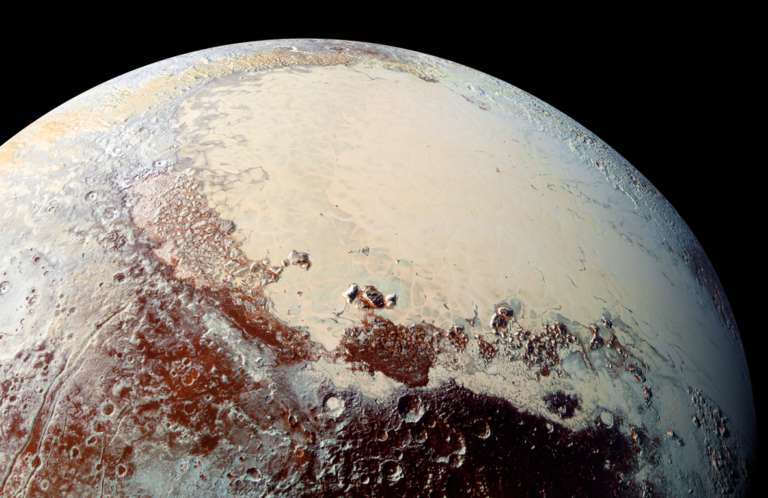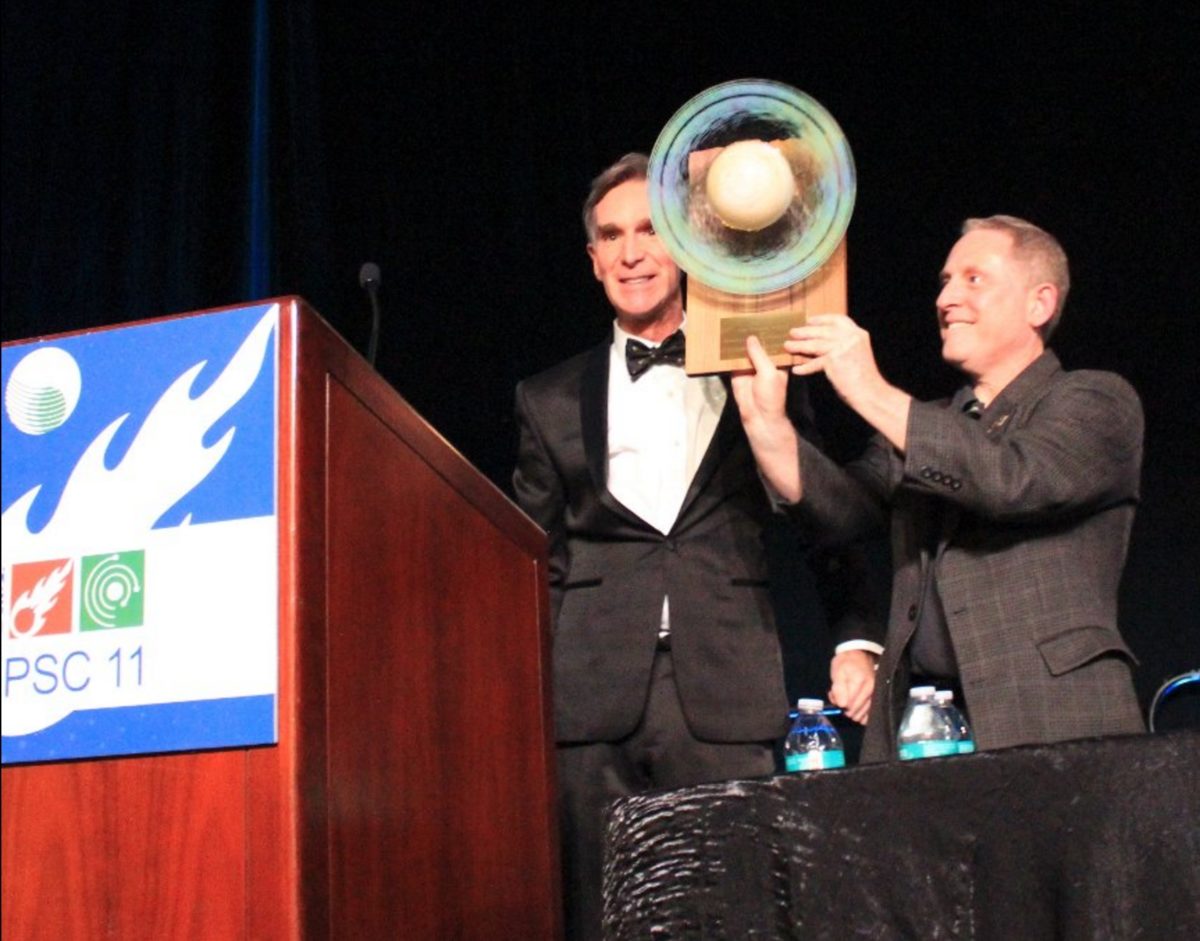Planetary Radio • Oct 25, 2016
Alan Stern and a Triumph at Pluto
On This Episode

Alan Stern
New Horizons Principal Investigator
Alan Stern of the New Horizons mission to Pluto and beyond was in Pasadena for the annual meeting of the American Astronomical Society’s Division for Planetary Sciences. He joined Mat Kaplan for a very special conversation down the street at Planetary Society HQ. Emily Lakdawalla and Bruce Betts report in from the DPS meeting, where Bill Nye the Science Guy is heard giving Alan Stern and his team the Society’s Cosmos award.

Related Links:
- New Horizons Mission
- Alan Stern at the Southwest Research Institute
- The Alice UV Spectrometer
- Division for Planetary Sciences 48/European Planetary Science Congress 11 Combined Annual Meeting
- DPS/EPSC update: 2007 OR10 has a moon!
- Uwingu
This week's prizes are a lovely men’s or women’s Planetary Radio t-shirt, a Planetary Society rubber asteroid, and a 200-point iTelescope.net astronomy account.
This week's question:
What science instruments on New Horizons have names of characters from the old television series, “The Honeymooners?”
To submit your answer:
Complete the contest entry form at http://planetary.org/radiocontest or write to us at [email protected] no later than Tuesday, November 1st at 8am Pacific Time. Be sure to include your name and mailing address.
Last week's question:
In what region of Mars will the European Space Agency’s Schiaparelli land?
Answer:
The answer will be revealed next week.
Question from the week before:
What moon in our solar system has the longest orbital period around its parent planet?
Answer:
Neptune’s moon Neso has the longest orbital period of any moon in the solar system at 26.67 Earth years.


 Explore Worlds
Explore Worlds Find Life
Find Life Defend Earth
Defend Earth




